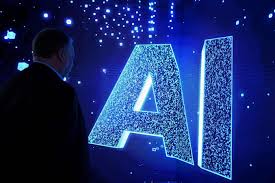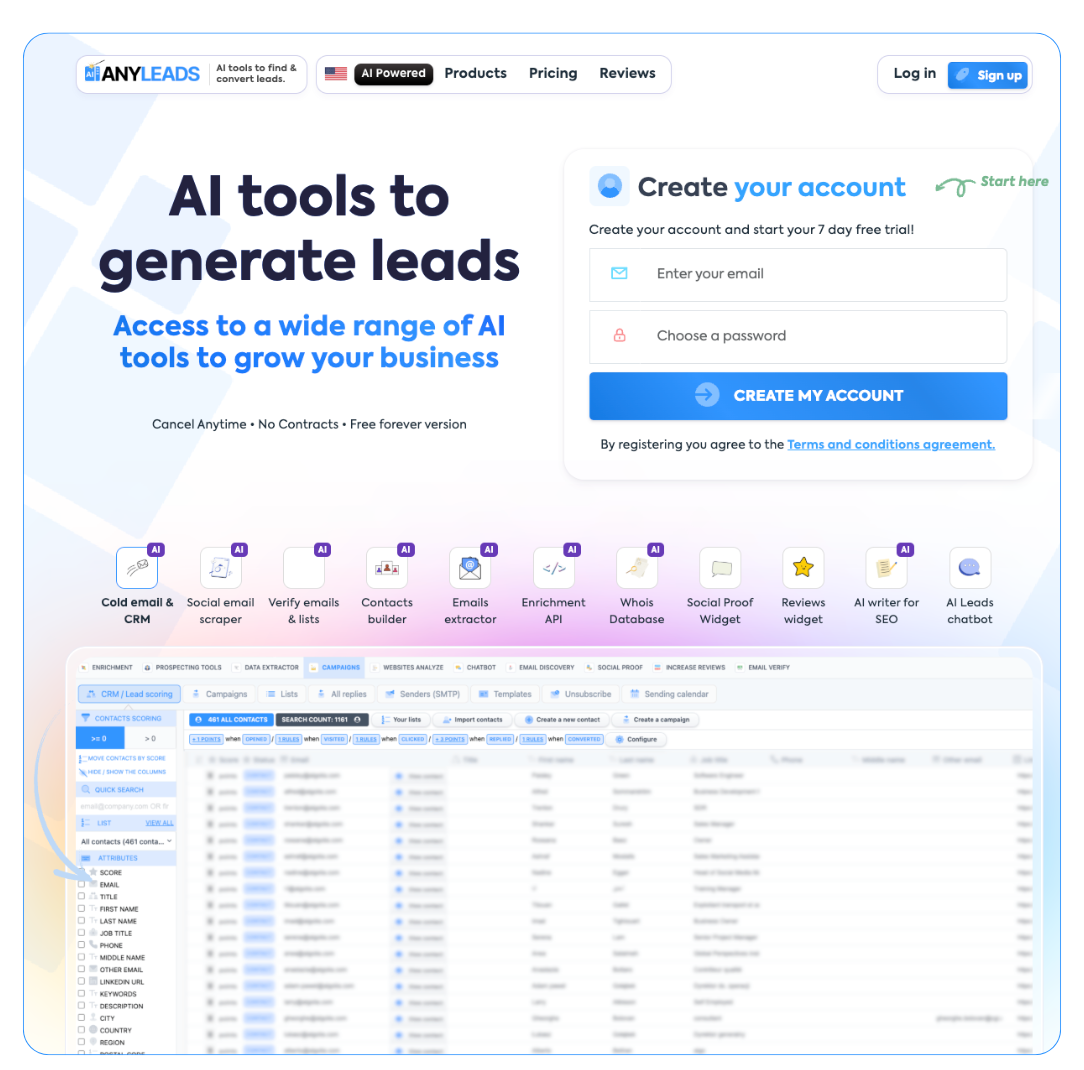 LIMITED SPOTS
All plans are 30% OFF for the first month! with the code WELCOME303
LIMITED SPOTS
All plans are 30% OFF for the first month! with the code WELCOME303

 LIMITED SPOTS
All plans are 30% OFF for the first month! with the code WELCOME303
LIMITED SPOTS
All plans are 30% OFF for the first month! with the code WELCOME303


Generative AI has rapidly become one of the most discussed technologies in recent years.
AI models have transformed how we create and work, from producing lifelike images and writing like humans to making music and code.
Organizations face one big question when deciding which generative AI model to leverage: should they use open-source or proprietary generative AI models?
Generative AI models are systems that can generate new data, text, images, music, videos, and even 3D models by learning from existing data.
They use large-scale neural networks trained on vast amounts of data to find patterns and generate content that is not only a duplicate of existing data.
Examples of generative AI models are as follows.
Open-Source Models: Stable Diffusion, Llama 3, Mistral, and Falcon.
Proprietary Models: OpenAI’s GPT-4, Anthropic’s Claude, Google’s Gemini, and Microsoft’s Copilot models.
Just as top search engines use algorithms to analyze and generate the most relevant results from billions of web pages, generative AI models use neural networks to generate new and creative outputs from massive datasets.
The significant distinction is in how each of these models is created, shared, and ultimately used, and that is what we will explain next.
Open-source generative AI models are built with publicly available code, meaning anyone can see, change, and use the code.
This improves transparency, while the community enhances the models, fixes glitches, and creates new features.
In comparison, proprietary models are owned by companies that restrict public access to their code.
Users often only have access through APIs or paid services. The company retains complete control over updates, features, and data security.
In simple terms, Open-source = Transparency and freedom, and Proprietary = Control and dependability


In terms of customizability, open-source models have an obvious advantage. A company can fine-tune or modify a model to align with that business.
For example, if a company wants a chatbot that understands terminology within its industry, it can "retrain" a model like Llama 3 or Mistral using an industry-specific dataset.
In enterprise environments, this flexibility is key to integrating AI and data-driven solutions seamlessly with existing applications and workflows, ensuring that systems remain secure and compliant while benefiting from model adaptability.
.
On the other hand, proprietary models are more restricted in customization. They generally permit some form of fine-tuning via APIs or predefined environments, but the user can't modify the base model.
An open-source alternative would be the best option for companies that prioritize freedom and control. However, if ease of use and speed are more significant factors, then proprietary models are a better option.
Proprietary models tend to excel in performance. Companies such as OpenAI, Google, and Anthropic devote millions of dollars in research, infrastructure, and training to ensure their models deliver the best possible accuracy, fluency, and reasoning capabilities.
For example:
GPT-4 and Claude 3 are capable of complex reasoning, code generation, and long-context understanding.
These models undergo continuous updates and performance improvements from which users automatically benefit.
Open-source models are impressive but tend to have a slight performance lag due to a lack of training resources. However, this gap is closing very quickly. Mistral and Llama 3 are strong alternatives, especially when fine-tuned to specific use cases.
In short, Proprietary models have better out-of-the-box performance. Open-source models can match performance with enough tuning and domain-specific training. Many organisations are now deploying these models as AI Agents that work autonomously within enterprise systems and deliver real-world value beyond raw performance.
Cost is a significant factor for businesses exploring AI adoption.
Generally, open-source models are free to use. You can obtain them, run them on your infrastructure, and modify them without incurring licensing fees. The only costs are computing resources (e.g., GPUs) and expertise.
In contrast, proprietary models incur subscription fees or pay-per-use. API calls to GPT-4 or the Claude API can accumulate rapidly for a large-scale application. However, most of these services include cloud hosting, security, scaling, and customer support, alleviating operational overhead.
So, open-source can save money if you have an in-house technical team and prefer lower long-term costs. If you want plug-and-play convenience without managing servers or updates, proprietary models justify their price.


Data handling is one of the most critical aspects of generative AI adoption.
You have total control over all data processing when using open-source models, because the model can be deployed locally. Then no sensitive or confidential data ever leaves your environment. This is important in many healthcare, finance, and government industries.
AI Trust, Risk, and Security Management (AI TRiSM) frameworks also play an essential role in ensuring responsible governance, transparency, and data protection across both open-source and proprietary AI deployments.
Proprietary models operate by analyzing the data with third-party servers. While large providers have security guidelines and compliance certifications, companies may still fear sharing private information with in-house vendors.
In summary, Open-source models provide greater data sovereignty and privacy. Proprietary models depend on the vendor’s data protection policies.
One area where proprietary models stand out is usability. They are built to be user-friendly and require little technical setup. APIs and integrations are designed for fast implementation, even for non-experts.
Companies offering proprietary models also provide professional support, documentation, and reliability guarantees that are ideal for businesses that don’t have in-house AI teams.
On the other hand, open-source models are going to require more work. It will require more technical knowledge for deployment, management, and optimization. There are community forums and open documentation, but no support team.
So if you want a proprietary model, it's safer to take one that you can quickly deploy with guaranteed uptime and someone to help you, a professional whose team is happy to explore and customize something. You are getting more creative freedom with open source.
Open-source relies on community collaboration, and developers across the globe are always improving existing models, developing new tools, and releasing tuned versions. Community-based innovation often results in quick advancements.
For example, Stable Diffusion's open-source release led to hundreds of creative tools and platforms for art generation. Similarly, by releasing Llama, Meta changed the way researchers and start-ups work with large language models.
Automation inspired by AI is also transforming other industries beyond software — for instance, in marketing, direct mail marketing automation platforms now use intelligent workflows to personalize and send physical mail campaigns automatically, blending creativity with data-driven precision.
Proprietary models generate innovations inside of companies, which restricts public involvement but typically results in released products that are stable and of relatively high quality.
While proprietary companies are typically ahead in polish, open-source still leads in co-creative innovation.


Transparency is a major issue in the AI ecosystem.
Open-source models are naturally transparent. Because anyone can look at their code and understand how they function, their ability to incorporate bias or manipulative behavior is limited. There is a clear path for researchers to audit ethical use.
Proprietary models, on the other hand, are "black boxes". The public is unaware of how they were trained or what data they were exposed to. This lack of transparency raises ethical concerns around bias, misinformation, or other forms of misuse.
Even so, large corporations are adopting responsible AI practices to address these issues even more aggressively through policy, audit, and partnerships.
Operating an open-source AI model ideally requires high-end hardware and technical upkeep. Scaling to millions of queries might even require some cloud infrastructure or launching a GPU cluster. These solutions can be quite costly and difficult to manage.
The proprietary models take care of all that for you. You do not need to worry about servers, updates, or load balancing. Everything runs smoothly on the provider's side, which is ideal for large enterprises or customer-facing applications.
Thus, Open-source models have more control but more management effort. Proprietary models offer effortless scalability but less flexibility.
The question of open-source versus proprietary generative AI models is not about which is “better”. It is simply about which matches your objectives.
Open-source AI enables innovation and autonomy. Meanwhile, proprietary AI provides accountability and an available professional support model.